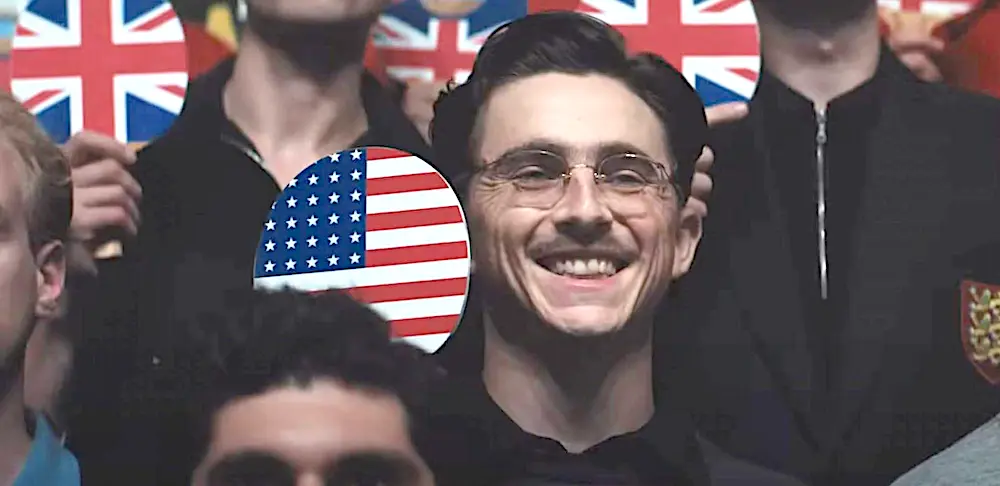Since it’s the January movie doldrums, I decided to have a look at Disney before the wokeness descended.
‘Krippendorf’s Tribe’: Pre-woke Disney Was Woke Regardless
Was Disney’s “Krippendorf’s Tribe” already woke before Disney went woke? Let’s find out.

Promotional poster for "Krippendorf's Tribe." Touchstone Pictures
Mark Jackson is the senior film critic for The Epoch Times and a Rotten Tomatoes-approved critic. Mark earned a bachelor's degree in philosophy from Williams College, followed by classical theater conservatory training, and has 20 years' experience as a New York professional actor. He narrated The Epoch Times audiobook "How the Specter of Communism Is Ruling Our World," available on iTunes, Audible, and YouTube. Mark is featured in the book "How to Be a Film Critic in Five Easy Lessons" by Christopher K. Brooks. In addition to films, he enjoys Harley-Davidsons, rock-climbing, qigong, martial arts, and human rights activism.
Author’s Selected Articles





